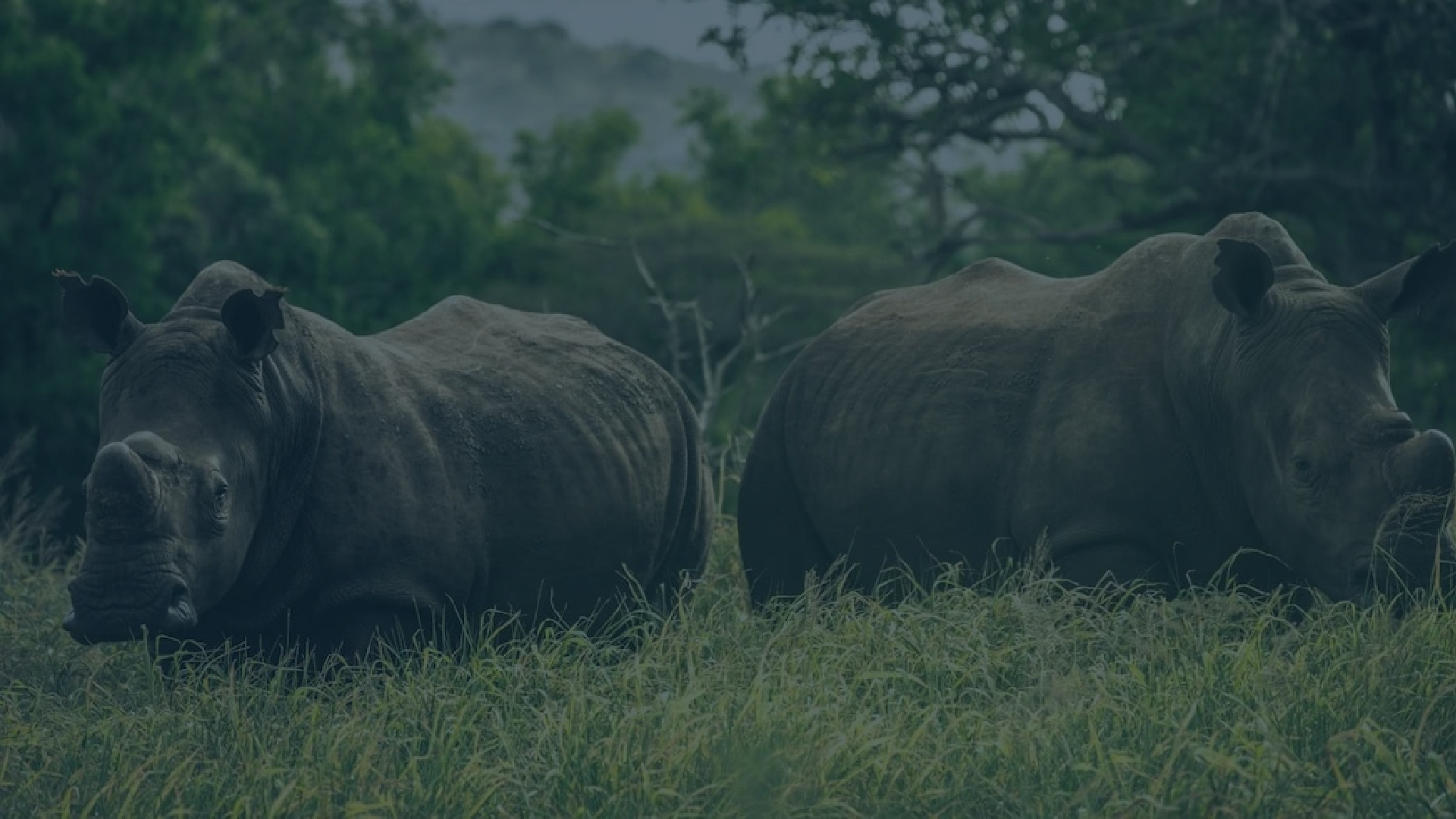
Combatting Illegal Wildlife Trafficking.
WSC’s Position Statement
The World Shipping Council (WSC) and its 21 Member companies are strongly opposed to illegal wildlife trafficking. We support effective and workable measures to minimize the illegal wildlife trade. The WSC collaborates with key governmental stakeholders including the World Customs Organization (WCO), International Maritime Organization (IMO), and United Nations Office on Drugs and Crime (UNODC), and the private sector and NGOs such as United for Wildlife and WWF to mitigate the threat of illegal wildlife trafficking at national, regional, and global levels.
-
Strengthen mechanisms for screening, identifying, and reporting shipments suspected to include illegal wildlife.
WSC is collaborating with the National Cargo Bureau (NCB) and the World Wildlife Fund for Nature (WWF) to add their screening tool to the WSC’s Cargo Safety Program, to screen for mis-declared or undeclared wildlife products. This industry-wide IWT screening tool will complement individual carriers’ own screening tools. It is the intent to gradually add more types of goods to the screening tool.
-
Regularly update and train member company staff on identification protocols and the latest regulatory changes to combat wildlife trafficking effectively.
-
Foster strong public-private partnerships with organizations such as UNODC, Interpol, United for Wildlife and supply chain parties to collectively combat illicit trafficking, and share best practices and intelligence on trafficking networks, emerging trends and modi operandi.
Collaboration between the private sector and public entities is critical to combating illegal wildlife trafficking in the maritime sector. The World Shipping Council and its member lines work closely with the United Nations Office on Drugs and Crime (UNODC), as well as law enforcement agencies from source, transit, and destination countries to target some of the highest risk wildlife being trafficked. With the support of public sector actors and NGOs, and their insights into the Modus operandi of potential smugglers, participating carriers are able to enhance their own targeting systems and combat contamination of their supply chains that are critical to the world’s economic well-being. The World Shipping Council looks forward to continuing to build upon this close cooperation with international organizations, government agencies and NGOs to combat illegal wildlife trafficking in the maritime transportation sector.”
-
Implement a verifiable maritime certification program to prevent shipping lines and facilities from being used in illegal wildlife trafficking, through due diligence, systems and operations to identify and report suspicious shipments.
WSC and its member companies are exploring the establishment of a credible and verifiable maritime certification program for liner shipping companies committed to combat illegal wildlife trafficking in the maritime sector.
The WSC and its members are committed to continue to play a key part in combating illegal wildlife trafficking through four key objectives:
The Wildlife Trafficking Supply Chain
Placeholder for an Infographic here.
Multi-billion-dollar business and a threat to biodiversity, global biosecurity, and human health.
Ranked as the 4th most profitable trade after arms, drugs and human trafficking.
Estimated to be worth up to USD $20 billion per year of wildlife and reaching up to USD $200 billion when including illegal timber trade (Source: UNEP-INTERPOL Report: The Rise of Environmental Crime).
Much of the large-scale trade is covert, involving global, underground trade chains by organized criminal networks.
Wildlife crime is the second most significant threat to biodiversity after habitat loss/degradation (Source: WWF).
Biosecurity threat to National Security, human health and safety through disease transmission such as Covid-19, SARS, Bird Flu, Ebola.
Resources
Joint Industry Guidelines on Illegal Wildlife Trafficking
A Review of Shipping Companies’ Carriage Policies on International Shark Fin Trade
The IMO’s Illegal Wildlife Guidelines: For the Prevention and Suppression of the Smuggling of Wildlife on Ships engaged in International Maritime Traffic
Red Flag Indicators: For Wildlife and Timber Trafficking in Containerized Sea Cargo
The IMO’s e-Learning Course
Add Partnerships Logos Here
Public-Private Partnerships
Combatting illegal wildlife trafficking is a shared responsibility that requires collaboration and collective action through effective Public-private partnerships (PPPs) across international supply chains. PPPs foster collaboration between governments, financial institutions, transport companies, and NGOs to share intelligence, disrupt criminal networks, and improve detection and enforcement, and strengthen overall efforts by leveraging private sector resources, expertise, and networks to complement public law enforcement and prosecution.
All parties involved, especially consolidators and those receiving goods for packing or carriage, must take proactive steps to prevent the shipment of illegal wildlife. This includes verifying the legitimacy of cargo, properly sealing shipments, conducting risk assessments, and promptly alerting national authorities to suspicious activities, as appropriate.
Joint Industry Guidelines:
The Joint Industry Guidelines for Combatting Illegal Wildlife Trafficking is an example of -Private Partnerships initiative led by the World Shipping Council, supported by 9 other international organisations to join forces to support and promote existing International Maritime Organisation (IMO) guidelines by providing specific and actionable guidance to private sector stakeholders. For more information here.Operation Coastline
The World Shipping Council, its Member companies and UNODC are working together under Operation COASTLINE to strengthen the maritime supply chain’s resilience against wildlife trafficking. This initiative aims to identify engages ocean carriers and national authorities to raise red flags on suspicious shipments, share risk indicators, and promote timely early reporting of potential trafficking cases. By combining the efforts and knowledge of bridging the shipping industry with law enforcement, Operation COASTLINE supports enhanced more effective detection and disruption of transnational wildlife trafficking networks and contributes to the protection of biodiversity.
Cargo Screening Tool tool (collaboration between WWF and NCB, funding by Swire Shipping, and be piloted by WSC members)
“At NCB, we are dedicated to developing an industry cargo screening solution to enhance efforts to identify and disrupt wildlife trafficking in maritime trade. We are thrilled to partner with WWF in this groundbreaking initiative, which will amplify our collective impact on a global scale. This collaboration embodies our shared commitment to innovation, progress, and sustainability, driving transformative change that resonates throughout the industry.”
Murat Köksel, Director, Liner Activities, National Cargo Bureau
“At Swire Shipping, we are committed to safeguarding our ecosystems and conserving species diversity. Shipping plays a vital role in preventing the transportation of illegal wildlife products, and we are proud to be partnering with the WWF on a technological solution for the identification of suspicious cargo. By combining our expertise in maritime logistics with the WWF’s wildlife and conservation knowledge, we strive to make a difference in the fight against wildlife trafficking and create a more sustainable future for our planet.”
Susana Germino, General Manager for Sustainability and Decarbonisation, Swire Shipping
Did You Know?
Many shipping companies have proprietary targeting and screening tools to identify suspicious shipments so that leading to more information being requested e.g. about the nature of the goods, before vessel loading or to non-acceptance of the shipment. Additionally, WSC and its Member companies have agreed in principle to integrate the IWT screening tool developed by WWF and NCB into its Cargo Safety Program that originally was developed to screen for mis- and non-declared dangerous goods.
Some regulatory issues are currently in progress before the IWT screening tool can go live to provide for an industry-wide screening tool that would ensure that shipments undergo screening according to agreed standards, complementing the individual carrier’s proprietary screening tool.
Shark Fins Trade
-
Shark populations continue to decline, driven by the global shark fin trade. 1/3 of shark and ray species have been overexploited to near-extinction, jeopardizing the health of entire ocean ecosystems and food security for many countries.
Approximately 400 species of sharks are found in the world.
54 shark species are protected under CITES Appendix I.
Pangolin Trade
-
23.5 tonnes of pangolins and their parts were trafficked in 2021 alone. China and Viet Nam are the two primary consumer markets for pangolins.
Pangolins are insect-eating mammals eating mainly termites and ants. Pangolins are the only mammals in the world covered in scales, made of keratin—the same material that makes fingernails and hair.
Pangolins are the most trafficked mammals in the world, accounting for as much as 20% of all illegal wildlife trade!
Pangolins are hunted for their scales (used in traditional medicine) and meat (considered a delicacy in some countries). All 8 Pangolin species are under CITES Appendix I.
Donkey Skins Trade
-
Approximately 5.9 million donkeys are slaughtered for their skins annually for ejiao (eh-gee-yow), a traditional Chinese remedy.
The global shipping industry plays a pivotal role in the donkey skin trade, which often converges with the illicit wildlife trade and other contraband products.
Domesticated donkeys are closely related to globally protected CITES Appendix 1 critically endangered African wild ass (Equus africanus).
Sea Cucumber Trade
-
Sea cucumbers are illegally trafficked for consumption purposes. They play a vital role in marine ecosystems, acting as "vacuum cleaners" of the ocean floor, recycling nutrients and maintaining water quality.
Their overexploitation through illegal fishing has led to significant population declines and ecological damage.
Seahorse Trade
-
There are over 40 different species of Seahorse with the genus Hippocampus, derived from the ancient Greek word hippókampos (híppos meaning "horse”) and kámpos meaning "sea monster”. Male Seahorses carry the baby during reproduction.
Seahorses are monogamous. Seahorses are flagship species and indicators of ecosystem health. They are heavily traded for consumption in traditional medicine.
15,772,838 - estimated total global number of imported dried seahorses.
Senegal - reported the highest number of exports (98%) of dried seahorses in Africa.
Timber Trade
-
Illegal logging and the global timber trade is a serious, international crime, estimated to have a value of account for 15-30 %( Interpol, 2021). Rosewood species (Pterocarpus erinaceus) listed as CITES Appendix II, is estimated to have an annual trade value higher than elephant ivory, rhino horn, pangolins, shark fins, and big cat parts combined (EIA,2022).
Timber is a versatile and renewable material, critical to many industries, however, illegal logging and trade is responsible for deforestation, habitat loss, species extinction and contributes to climate change with detrimental impacts on vital eco-system functionality, whilst financing organized crime.













